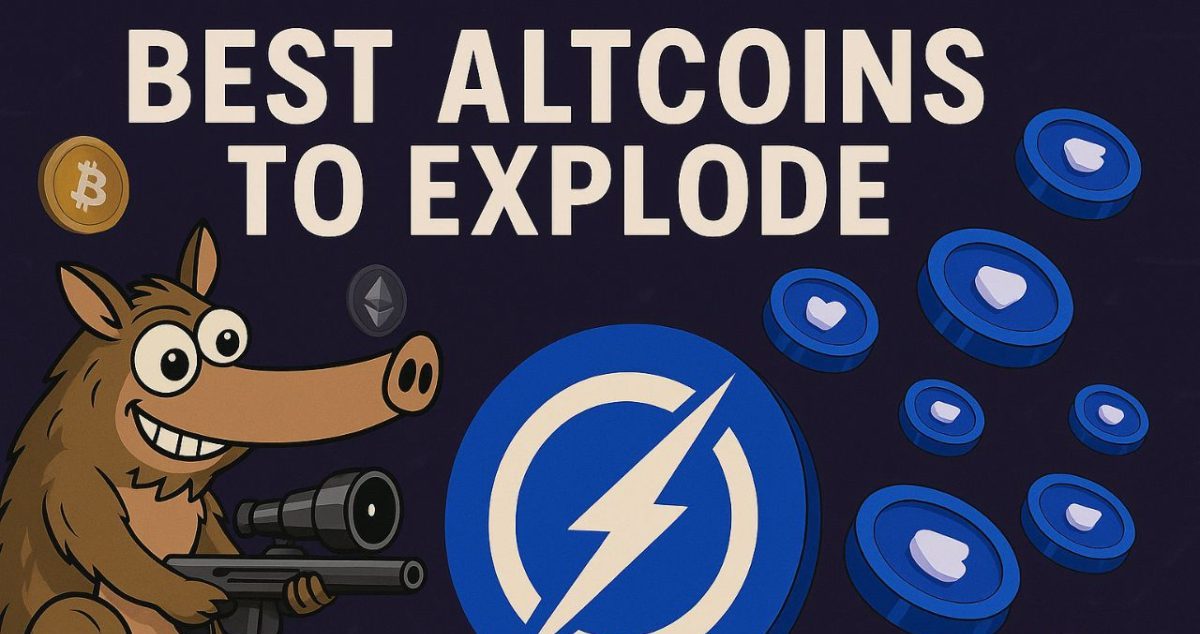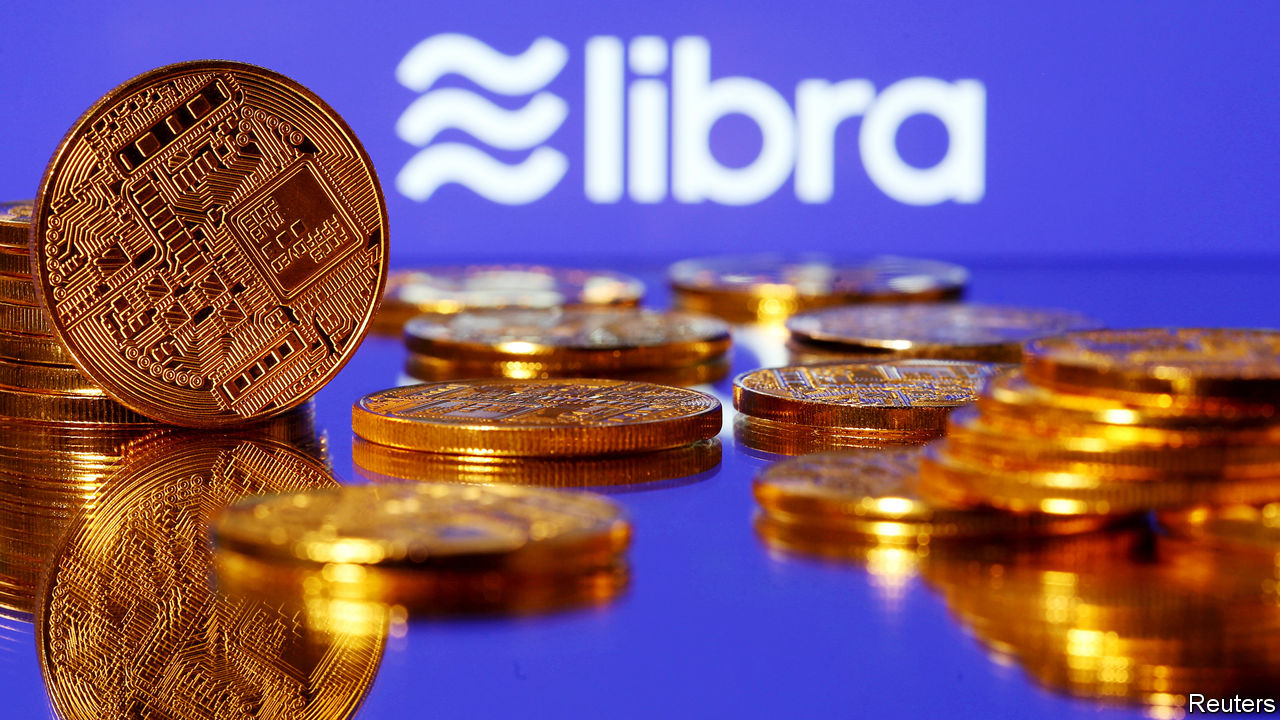In mid-July, the news broke that PayPal (NASDAQ: PYPL) would offer its PayPal USD on Arbitrum and several other layer two blockchains.
It was a milestone in digital payments and a reminder of how far we still have to go. PayPal brought digital dollars to the web, and stablecoins brought them to the blockchain. However, there’s still one problem neither can solve—dollars at a global scale with true interoperability and regulatory compliance.
To evolve from Web2 apps to true monetary infrastructure, the dollar still needs a unified protocol.
The PayPal era: Web-native money
PayPal isn’t the most popular payment company, but its significance cannot be denied. A ragtag team involving Peter Thiel, Elon Musk, and the now-infamous PayPal Mafia made payments trustworthy and accessible for hundreds of millions of people.
However, the problem of peer-to-peer exchange hadn’t been solved yet, so PayPal relied (and still relies) on a centralized wallet model: balances are stored in its database, and that comes with high fees, account freezes, and friction. PayPal is the ultimate walled garden, and it has never been interoperable with other payment processors.
In many ways, PayPal is the precursor to modern fintech—every innovation has tried to fix its limitations.
Then came stablecoins
Stablecoins proliferated as blockchain technology began to edge its way into mainstream consciousness.
BitUSD and Tether both launched in 2014 and were followed by DAI, USDC, and dozens of other proprietary USD wrappers. If recent news is anything to go by, every commercial financial organization will have its stablecoin before long.
Stablecoins have multiple advantages over centralized wallet solutions like PayPal: they can be held in wallets the user controls with private keys, used for any purpose the holder wishes, and be stored, lent, borrowed, and exchanged at will. They also made dollars programmable, comparable in DeFi applications, easier to transfer and store globally, and useful in Web3 applications.
While they have their problems, such as centralized issuance and unverifiable pegs, stablecoins have arguably made digital dollars more useful. They’ve also made them more accessible—people worldwide can now store their savings in dollars and exchange them for goods and services without permission.
However, it isn’t all upside. The current crop of stablecoins still lives on inherently limited blockchains, fees are high, liquidity is fragmented across centralized exchanges and limited layer two solutions, and large issuers like Tether have repeatedly refused to prove reserves.
Additionally, stablecoins aren’t as free and open as their issuers would have us believe. Tether and Circle (NASDAQ: CRCL), the issuers of USDT and USDC, respectively, have frozen coins and censored transactions. Regarding fiat-backed stablecoins, there’s still that age-old problem of trust in third-party organizations.
Fragmentation—100 chains, no consensus
So far, we’ve had a fair look at the pros and cons of stablecoins. However, their usefulness will remain limited by the scalability of the infrastructure they operate on.
Currently, the largest stablecoins live on Ethereum, Tron, and a handful of other blockchains. The problem is simple: they don’t scale at the base layer.
To fix this problem, the Ethereum Foundation and others have stitched a patchwork quilt of layer two solutions accessible by rollups and bridges. Aside from the well-known security risks these solutions introduce, they do something much worse—fragment liquidity and the entire ecosystem.
These days, almost every chain has its stablecoin. Users face multiple wrapped versions of the same dollar, liquidity is spread thin across multiple chains, and compliance is a nightmare. These problems are set to worsen as big banks and financial institutions issue their coins and the enforcement of regulations like the GENIUS Act kicks in.
These problems are multifaceted, but they all have a single driving force: none of the trendy blockchains can scale big enough to handle everything on one ledger.
One chain to rule them all
CoinGeek has predicted these problems for years. We’ve been shouting from the rooftops about how regulations would kick in, how the Lightning Network would fail, how Ethereum 2.0 wouldn’t help it scale, and how Tether would face extinction in regulated markets unless it radically changes.
We’ve also promoted an alternative vision: one scalable, low-cost, compliance-friendly ledger to rule them all.
What if everything in ‘crypto’ was on one scalable ledger with token issuance, smart contracts, total transparency and auditability, and compliance-friendly features?
Imagine every stablecoin on one chain and the massive DeFi liquidity pools and decentralized financial markets that would enable. Picture one chain with no rollups, bridges, side chains, or any of the security hacks and vulnerabilities they introduce. Visualize what it would be like if tokens for every asset lived on one blockchain capable of atomic swaps and instant peer-to-peer transfer.
Consider the ramifications for the world if every transaction were time-stamped on an immutable ledger.
And what would it be like if all of those had no scaling ceiling with fees of fractions of a cent per transaction?
That vision is still possible, and some would argue it’s inevitable. Just as the early internet competitors collapsed and everything moved onto TCP/IP, believers in a unified ledger predict the same will happen with blockchains.
As regulations kick in, stablecoin issuers will have to comply with them, and as the big banks adopt them, compliance with AML/KYC rules will become non-negotiable. Every dollar backing a stablecoin will have to be accounted for and verified, and coins that have been verifiably used by criminals may become untouchable.
So far, stablecoins have been something like MP3s, but it’s time for a protocol that acts like Spotify. Likewise, firms like PayPal have operated like email clients—it’s time to roll out the SMTP protocol to underpin them all.
Watch: Finding ways to use CBDC outside of digital currencies

















 English (US) ·
English (US) ·